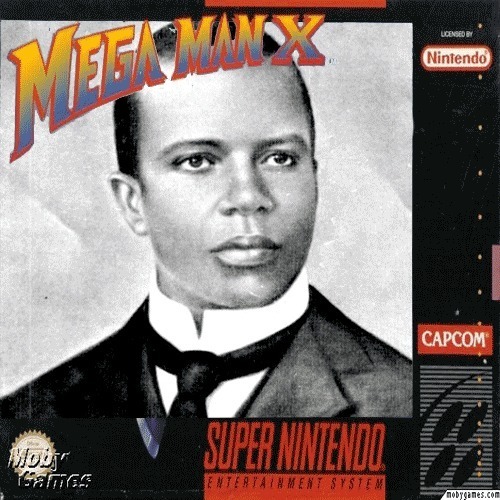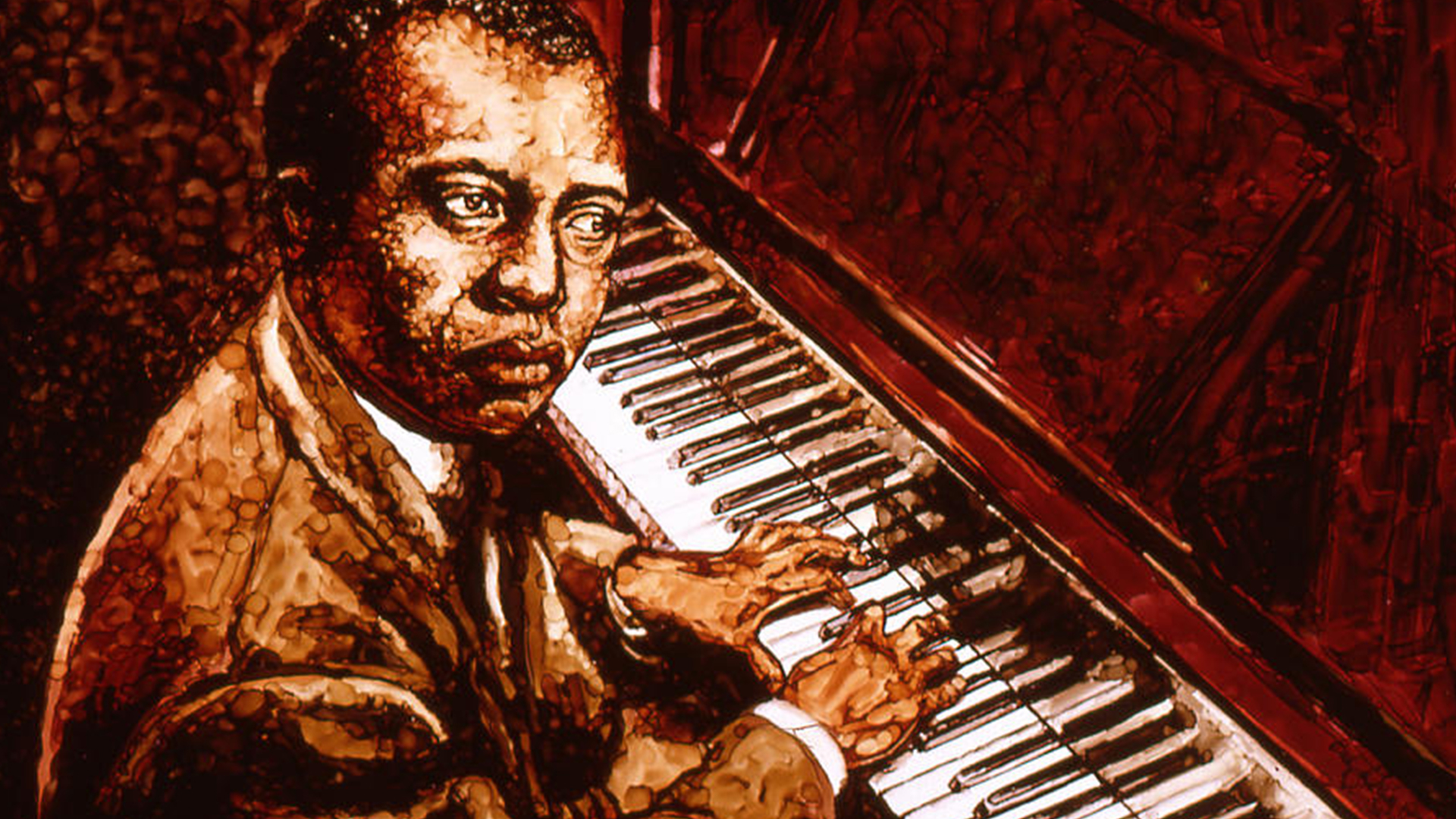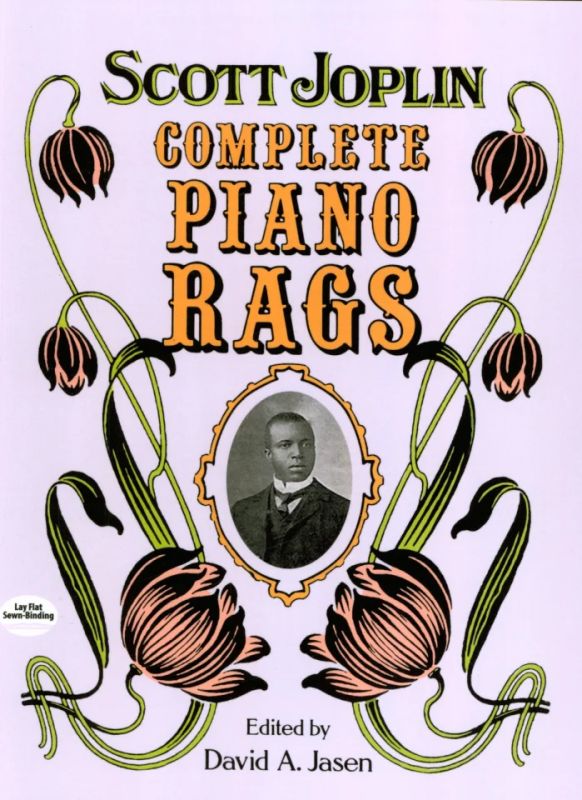

As the author observes, “It was an uncommon arrangement for an unknown composer, especially one who was African American.”īy the autumn of 1900, the “Maple Leaf Rag” was heard everywhere: “This ragtime hit had taken the nation by storm.” He was thus able to focus more on writing music, and composed many more ragtime pieces. He then moved to Sedalia, Missouri, where he got work as a piano teacher, and wrote a piece called the “Maple Leaf Rag.” He was turned down by every publisher until he found John Stark, who gave him a contract. Scott couldn’t get work playing music in Texarkana, however, so he began to travel, playing the piano in saloons and honky-tonks all along the Mississippi Valley as he made his way to Chicago, arriving in 1893.


“All of Scott’s neighbors began talking about the quiet kid who made a piano laugh out loud.” But “most of all, he loved composing his own music.” In particular, lessons with a German immigrant named Julius Weiss “opened up new worlds for him – piano technique, music theory, musical, theater, and opera – that would remain with Scott Joplin for the rest of his life.”Īs soon as Scott finished learning one piece, he would start another. He taught himself to play, and Florence saved up to get Scott a piano for his own, as well as lessons from local music teachers. At one house, she got permission for Scott to use the piano while she worked. The father left the family in the early 1880s, and Scott’s mother Florence went to work as a domestic in white-owned homes to support her children, often bringing Scott along. Music filled the air like a breeze from Alabama.” While Monroe, Robert, Ossie, and William played guitar, box fiddle, spoons, and fiddle.

His mother, Florence, plucked the banjo and sang, “In Scott’s home, music flowed like the great river itself. In his note Costanza writes: “In Black Texarkana, music was as integral a part of life as breathing, and Scott’s childhood was filled with the music of his people.” Scott was exposed to spirituals, hymns, and the call and response music developed by slaves. As the author explains in a note, there were no schools for either Blacks or whites, but we know that at least some of the Joplin kids were tutored. The setting is north Texas, where Scott Joplin was born in 1867 or 1868. Stark, not knowing that Joplin actually coached the boy ahead of time, was convinced by the ruse and offered Joplin a contract.The syncopated beginning of this book will draw readers right in: To prove his point, he returned with a teenage boy who performed the tune perfectly on the piano. Joplin disagreed and insisted even a child could play the composition. William explained that Joplin brought the song to Stark's office and the publisher initially rejected it because it was too difficult to play. But, says Berlin, it's unlikely that Stark, a white businessman, would go out of his way to a second-floor black social club that didn't even have its liquor license.īerlin says a first-hand account from Stark's son, William Stark, is more likely. One popular story claims Sedalia publisher John Stark strolled into the Maple Leaf Club on a sweltering hot summer day in search of a cold beer when he heard Joplin playing the tune on the piano and offered to buy the song. In his biography of Joplin, Berlin debunks the myth surrounding the song's publication.


 0 kommentar(er)
0 kommentar(er)
